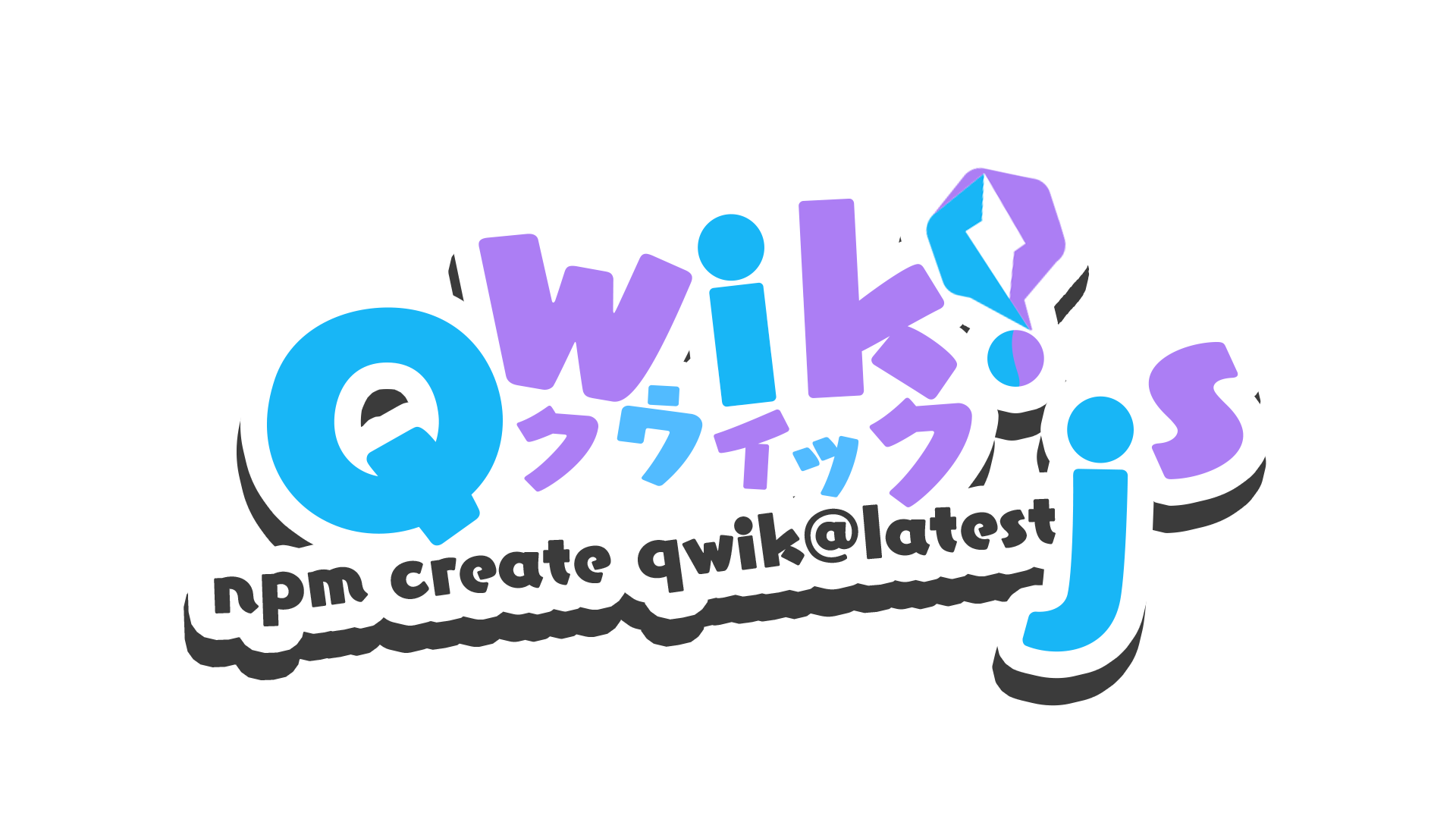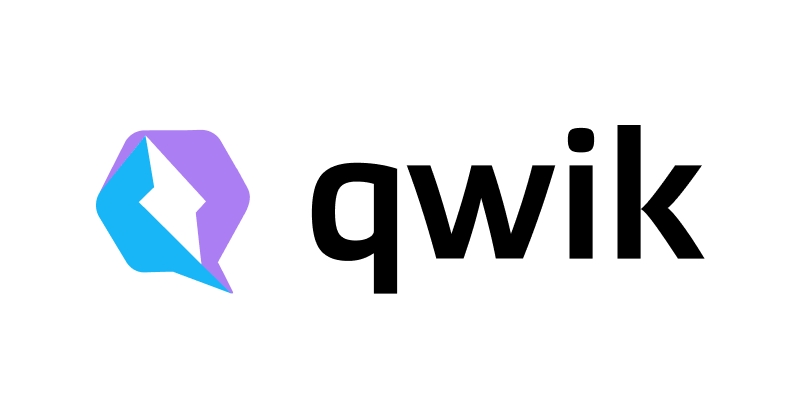I've been testing Qwik for 8 months now and it's the first framework that actually delivers on the "fast by default" promise without the usual bullshit caveats.
Qwik is a full-stack web framework that skips the hydration nightmare entirely. While React apps sit there for 3-5 seconds re-executing everything they already rendered on the server, Qwik just... works immediately. The secret is resumability - your app pauses on the server and picks up exactly where it left off in the browser.
No joke - I deployed a Qwik app last week that broke on some Android phones because I forgot the `preventdefault` gotcha with touch events. Turns out Qwik's event system is so fast it triggers before native event handling sometimes.
How Resumability Actually Works (And Why It's Not Magic)

Resumability sounds like marketing bullshit until you see it work. Instead of re-running your entire app client-side, Qwik serializes everything into the HTML and wakes up only what users interact with:
- No hydration step - click handlers work immediately, not after 3 seconds of JavaScript execution
- Lazy everything - components, event listeners, and state only load when needed
- Actually O(1) scaling - adding 100 more components doesn't slow down initial load
The tricky part? Server-side state serialization can fuck you if you're not careful with what you put in signals. I learned this debugging a memory leak where I accidentally stored DOM references in server state.
Framework Architecture
Qwik's optimizer analyzes code at build time, breaking apps into tiny, lazy-loadable chunks. Three main parts:
- Qwik Core: The resumable component system that loads shit when you need it
- Qwik City: Full-stack framework with file-based routing, SSR, edge deployment - the works
- Qwik Optimizer: Build-time magic that splits your code automatically
Pro tip: The optimizer sometimes generates weird import paths that break IDEs like WebStorm. Running qwik build --analyze helps debug where things went sideways.
The Developer Experience ($ Symbols Everywhere)
Coming from React? The JSX looks familiar but that $ suffix will mess with your head for exactly one week:
import { component$, useSignal } from '@builder.io/qwik';
export default component$(() => {
const count = useSignal(0);
return (
<button onClick$={() => count.value++}>
Count: {count.value}
</button>
);
});
That $ marks boundaries for lazy loading - every onClick$, component$, and useTask$ becomes its own tiny bundle. Your muscle memory will keep forgetting the $ for about a week, then you'll love how granular the code splitting is. JSX works like React but with signals instead of re-renders.
Fair warning: if you use third-party libraries inside $ functions, they get bundled client-side. I accidentally included all of lodash in a click handler once - 70KB download for one button. Use `server$()` for heavy computations.
Production Reality Check

As of Qwik 1.8.0, it's production-ready but the ecosystem is smaller than React's. Builder.io obviously uses it (they made it), Reflect.app runs on it, and I've deployed several apps that hit 90+ PageSpeed scores without trying.
The framework is MIT-licensed and actively maintained with solid TypeScript support. Deployment works on all major platforms, though you'll occasionally hit edge cases that React wouldn't have. The Discord community is helpful when you do.
Real talk though: Qwik's SSR can break with certain CSS-in-JS libraries, and Vite sometimes chokes on complex dynamic imports. Nothing show-stopping, but expect to debug some shit that "just works" in Next.js.
For deep dives into Qwik's architecture, check out LogRocket's adoption guide and Syncfusion's framework comparison. The Builder.io blog covers the roadmap to Qwik 2.0, while Medium's React vs Qwik analysis breaks down performance differences with real benchmarks.

